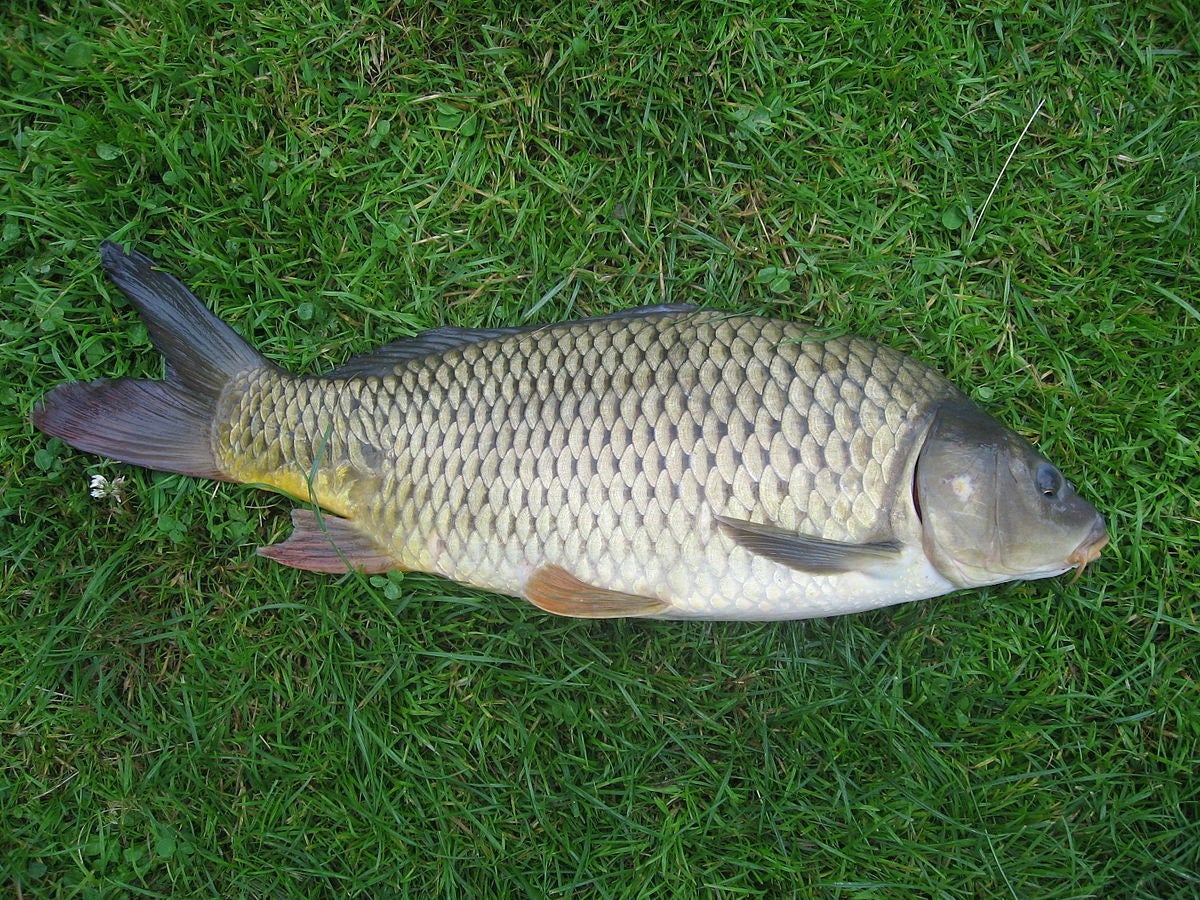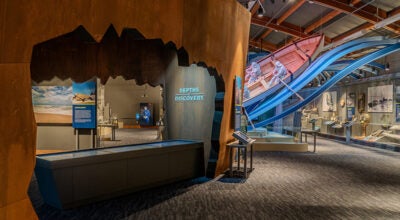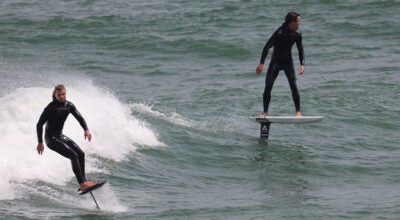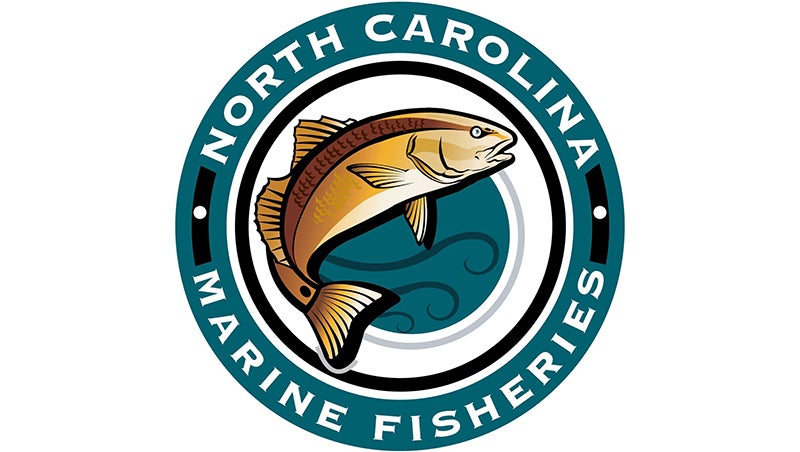Carp removal aims to improve water quality in Lake Mattamuskeet
Published 7:40 am Saturday, December 21, 2019

- Courtesy USFWS
New signs are posted at the northern culvert on N.C. Highway 94 Causeway that bisects Lake Mattamuskeet. Mattamuskeet National Wildlife Refuge is working closely with NC Wildlife Resources Commission to identify the best techniques to remove invasive common carp (Cyprinus carpio) from the lake.
The recently approved Lake Mattamuskeet Watershed Restoration Plan identifies two top priorities to improve the water quality and restore aquatic grasses in the lake. The first priority is to reduce excessive nutrients entering the lake. The second is to remove 75% of the carp from the lake.
Carp are one of the most widely-introduced and ecologically-disruptive freshwater fishes throughout the world, according to information from the US Fish and Wildlife Service. In shallow lakes, they have the potential to act as negative ecosystem engineers by impacting both top-down (predator abundance) and bottom-up (nutrient availability) ecological processes. This is because carp feed by rooting along the bottom of the lake, which stirs up sediments and increases turbidity (water clarity).
Restoration of the aquatic grasses in Lake Mattamuskeet will not succeed without first removing a significant amount of carp. If aquatic grasses are not restored, USFWS states the refuge will not be able to provide necessary aquatic resources for trust species such as waterfowl, long-legged waders, diadromous fishes (adapted to both salt and fresh water) and other species.
Mattamuskeet National Wildlife Refuge is one of nine national wildlife refuges in the Coastal North Carolina National Wildlife Refuges Complex. Mattamuskeet Visitor Center, located on the refuge’s main entrance road in Hyde County, is open 8 a.m. to 4 p.m. whenever volunteer staffing is available.
READ MORE IN OUR ON THE WATER SECTION HERE.





